Mushroom foraging is a practice that marries both survival and leisure. Known for their unique flavors and health benefits, mushrooms have captured the interest of foodies and nature enthusiasts alike. But foraging mushrooms is not as simple as it might seem. It’s a fine art that requires a keen eye, careful handling, and above all, a deep respect for Mother Nature. This article will guide you on how to safely and successfully forage mushrooms, providing you with everything from identifying common edible species to necessary tools and responsible practices.
Contents
- 1 Understanding The Basics Of Mushroom Foraging
- 2 Tools You Need To Forage Mushrooms
- 3 Common Types Of Edible Mushrooms
- 4 Identifying Poisonous Mushrooms
- 5 Responsible Foraging Practices
- 6 Where To Forage Mushrooms
- 7 How To Harvest Mushrooms
- 8 Verifying Your Finds
- 9 Preparing And Cooking Your Foraged Mushrooms
- 10 Health Benefits Of Eating Mushrooms
- 11 You’re Ready To Start Foraging Mushrooms!
Understanding The Basics Of Mushroom Foraging
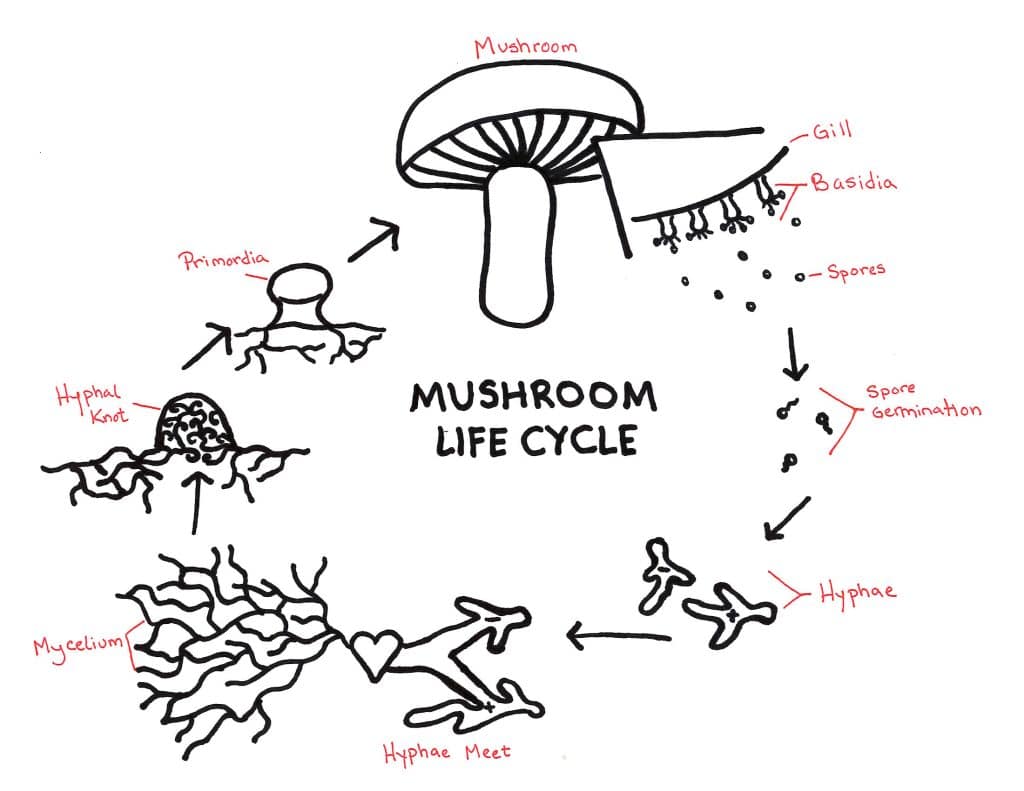
Mushrooms have a fascinating life cycle, and understanding them helps immensely when trying to locate them. They are the fruiting bodies of fungi, which exist largely underground as a network of threads called mycelium. When conditions are right – typically after rain, in the right season – the mycelium produces mushrooms, which release spores to start the cycle again. To successfully forage mushrooms, it’s important to understand this cycle and the environment in which mushrooms thrive.
Seasons and weather patterns play a vital role in mushroom growth. While some mushrooms pop up in the spring, others are more likely to be found in the fall. A rainy period followed by warm, sunny days can often trigger a bloom of mushrooms. Mushroom foraging is thus a seasonal activity and a successful forager keeps a close eye on the weather.
Tools You Need To Forage Mushrooms
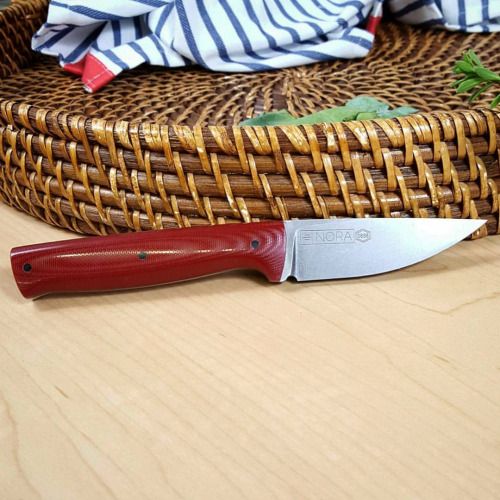
Foraging mushrooms does not require an arsenal of fancy tools. At its most basic, all you need is a basket or a bag to collect your finds and a small knife to cut the mushroom from its base. A basket is often preferred over a bag because it allows spores from the collected mushrooms to escape and potentially find a place to grow.
In addition to a basket and a knife, a field guide is another essential tool for mushroom foraging. There are many guides available, both in book form and as smartphone apps, that can help you identify different species of mushrooms. These guides often include pictures and descriptions of both edible and poisonous varieties, which is invaluable information for a mushroom forager.
Common Types Of Edible Mushrooms
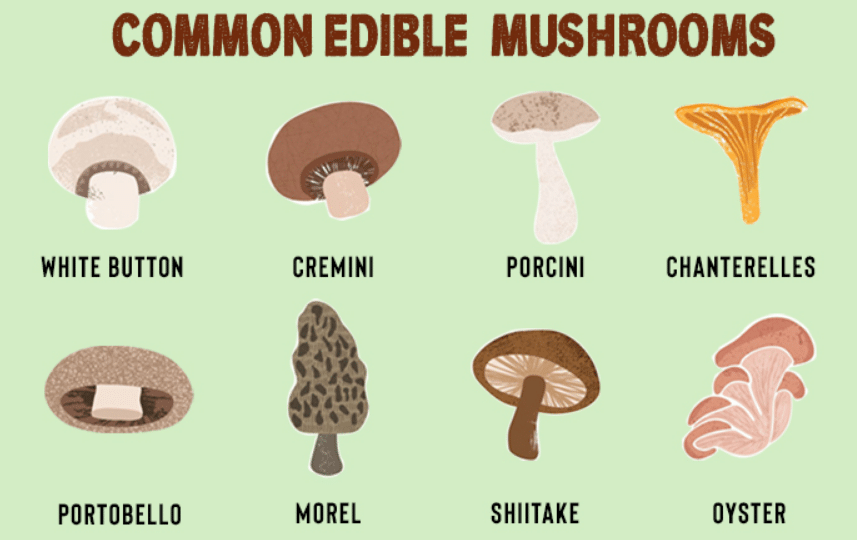
Among the many species of mushrooms, some are perfect for beginners to identify and forage. The Morel, for instance, is a springtime favorite. Known for its distinctive honeycomb-like cap and excellent flavor, Morels are relatively easy to identify and highly sought after. Chanterelles, another common edible mushroom, are known for their bright yellow color and unique trumpet-like shape. They have a fruity smell reminiscent of apricots and a mild, peppery taste.
Puffballs are another beginner-friendly mushroom. These globe-like fungi can be found in a variety of habitats, from woodland to your own backyard. When young, they are pure white inside and have a mild, pleasant taste. Remember, all edible mushrooms have poisonous look alikes, so always verify your identification before eating anything.
Identifying Poisonous Mushrooms
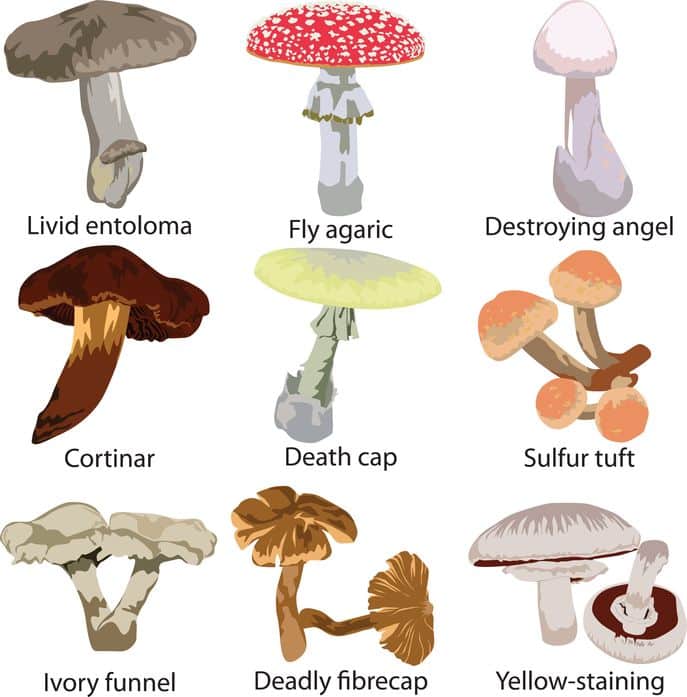
Just as there are many edible mushrooms, there are also numerous poisonous ones. Among the most dangerous are those in the Amanita family, such as the infamous Death Cap and the Destroying Angel. These mushrooms are not only deadly but are also easily mistaken for edible species, making proper identification crucial. Many poisonous mushrooms have telltale signs, like a ring around the stem, white gills, or a bulbous base.
Avoiding potential disasters means knowing what to look out for and taking your time with identification. When in doubt, it’s better to leave a mushroom where it is. A good rule of thumb for beginners is to avoid all gilled mushrooms until they’re more confident with their identification skills.
Responsible Foraging Practices
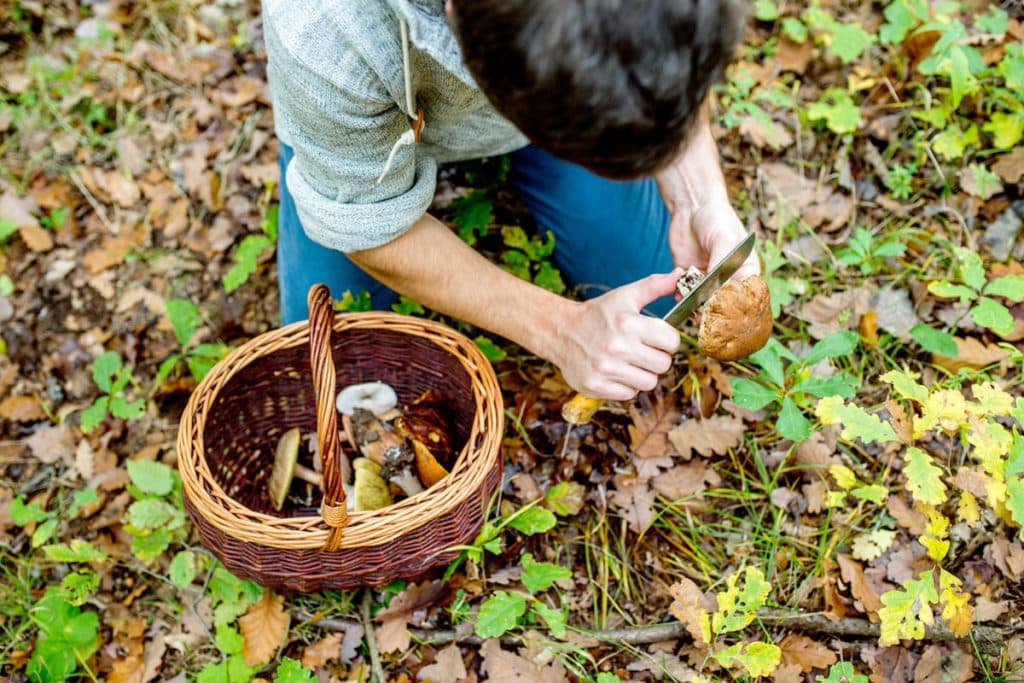
Foraging for mushrooms is not just about finding food; it’s also about respecting the natural environment. When you forage, take only what you need and can use. Over-harvesting not only deprives others of the chance to enjoy mushroom foraging but also affects the ecosystem. Remember, many animals rely on mushrooms for their diet, and over-picking can disrupt local habitats.
Another principle of responsible foraging is to tread lightly. Avoid trampling vegetation and disturbing wildlife. You should also respect private property and only forage where it’s allowed. Always remember that when you forage, you are a guest in nature, and you should behave accordingly.
Where To Forage Mushrooms
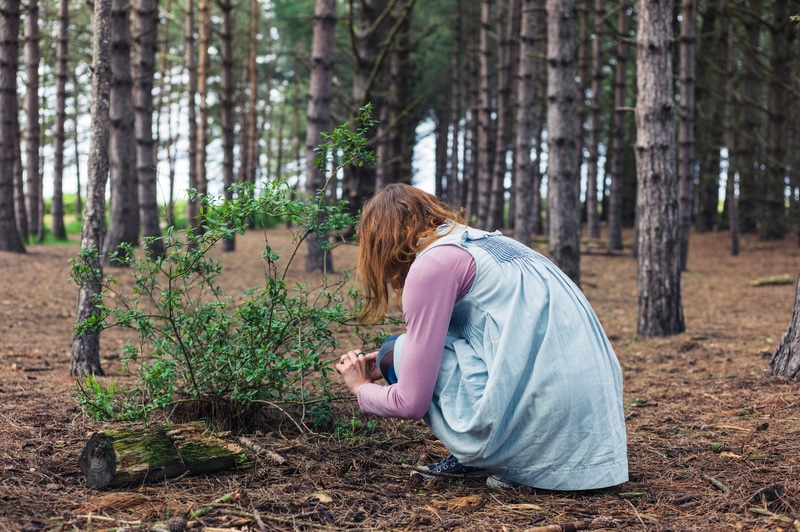
Finding the perfect mushroom patch can sometimes be as exciting as finding the mushrooms themselves. Mushrooms can be found in various environments, from deep woods to open fields, even in urban parks. Typically, they favor damp, shaded areas and are often found near or on fallen logs and around the base of certain trees.
The type of mushroom you’re after may also dictate where you look. Some mushrooms prefer hardwood forests, while others are found in coniferous forests. Some even grow in grasslands. Research your target species to understand its preferred habitat, significantly improving your chances of a successful forage.
How To Harvest Mushrooms
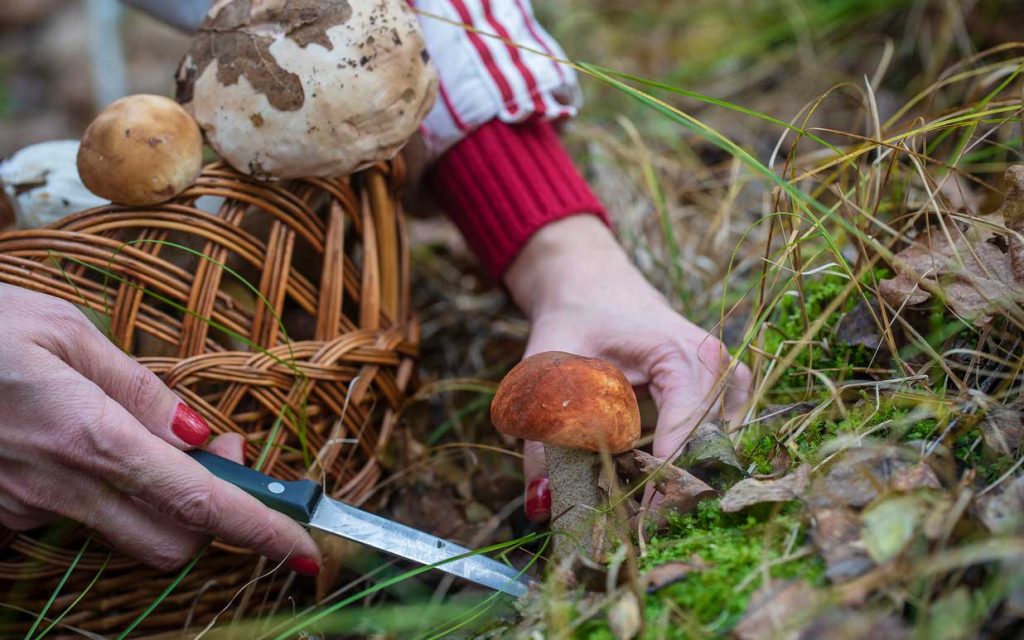
When you’ve found a mushroom you’d like to harvest, the next step is to do so in a way that allows the mushroom to regrow in the future. Use a knife to cut the mushroom at its base rather than pulling it out of the ground. This helps preserve the mycelium beneath the soil, producing future mushrooms.
After cutting the mushroom, clean off any excess dirt but avoid washing it until you’re ready to use it. Moisture can make mushrooms spoil faster. It’s also a good idea to keep different species separated in your basket to avoid cross-contamination.
Verifying Your Finds
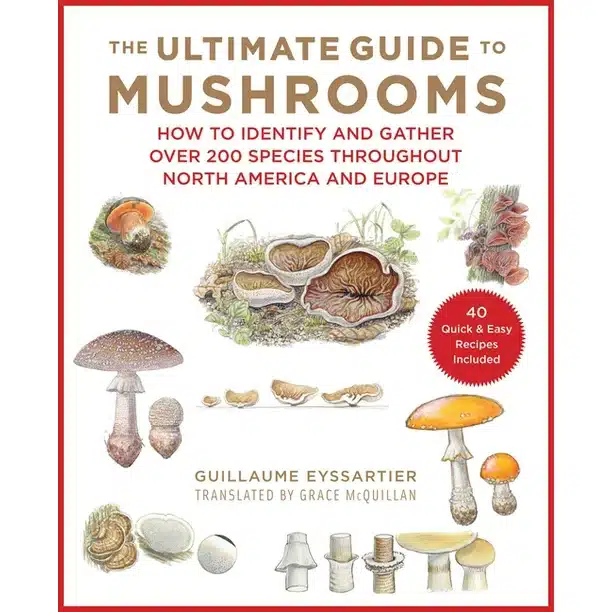
Even the most experienced foragers need to verify their findings. A key step in mushroom foraging is confirming that what you have found is indeed what you think it is. Reference books, online resources, and local mycological (fungus study) societies can be invaluable for this.
It’s always a good idea for beginners to have someone more experienced confirm your identification. Never eat a mushroom you’re uncertain about. Remember that while mushroom foraging can be a rewarding experience, it also comes with its risks. Your safety should always be the top priority.
Preparing And Cooking Your Foraged Mushrooms
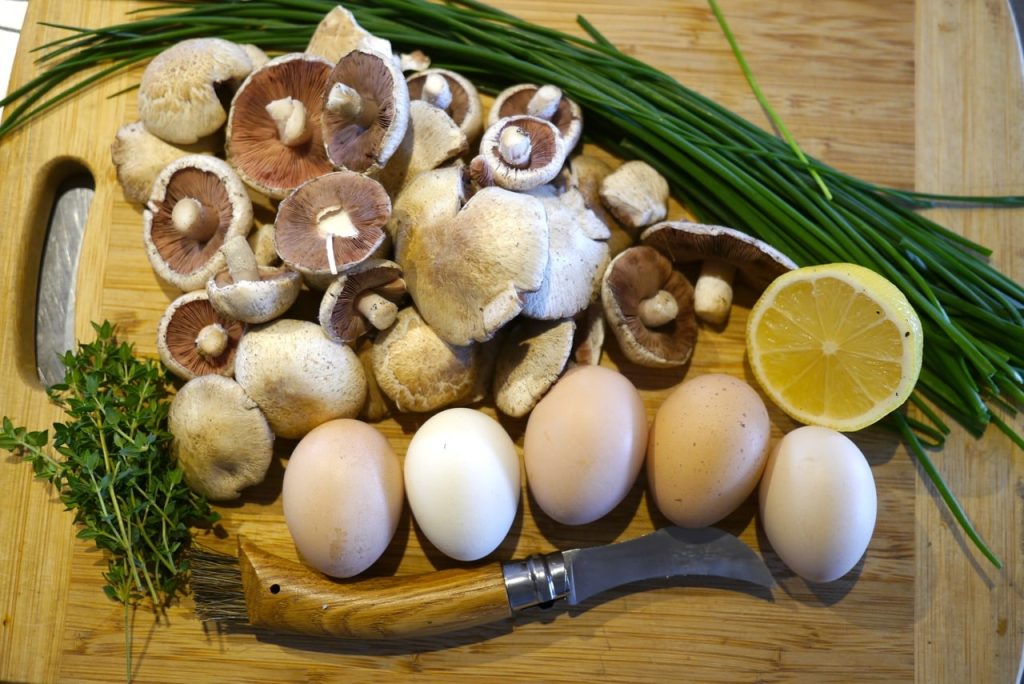
Once you’ve confirmed your finds are safe to eat, it’s time to enjoy them. You can clean mushrooms using a soft brush to remove any dirt. Washing mushrooms should be done sparingly and only right before cooking, as they absorb water quickly.
You can use mushrooms in a variety of dishes, from pasta and risotto to soups and sautés. The type of mushroom will often dictate the best way to cook it. For example, delicate chanterelles are often sautéed lightly to preserve their delicate flavor, while meatier mushrooms like morels can be used in heavier dishes.
Health Benefits Of Eating Mushrooms
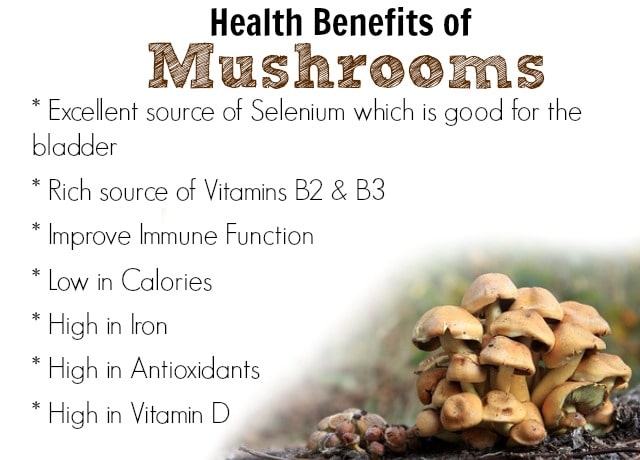
Mushrooms aren’t just delicious; they’re also packed with nutritional value. They are a rich source of protein, making them a favorite among vegetarians and vegans. They also contain various minerals, like selenium, potassium, and copper, and are rich in vitamins B and D. The health benefits of mushrooms extend beyond nutrition. Some mushrooms are considered medicinal and have been used for centuries in traditional medicine.
For example, certain varieties of mushrooms are thought to boost the immune system, support heart health, and even have anti-cancer properties. Remember, though, that not all mushrooms are edible, and some can be poisonous, so always make sure to identify them correctly before consumption.
You’re Ready To Start Foraging Mushrooms!
Foraging mushrooms combines the thrill of the hunt with the joy of being in nature, all leading up to a delicious meal. It’s an activity that requires patience, respect for the environment, and a continuous desire to learn. With the guidelines provided, you’re on your way to safely and successfully forage mushrooms. Remember, the golden rule of foraging is safety first. Always be sure of your identification before consuming any foraged mushroom. Happy foraging!


